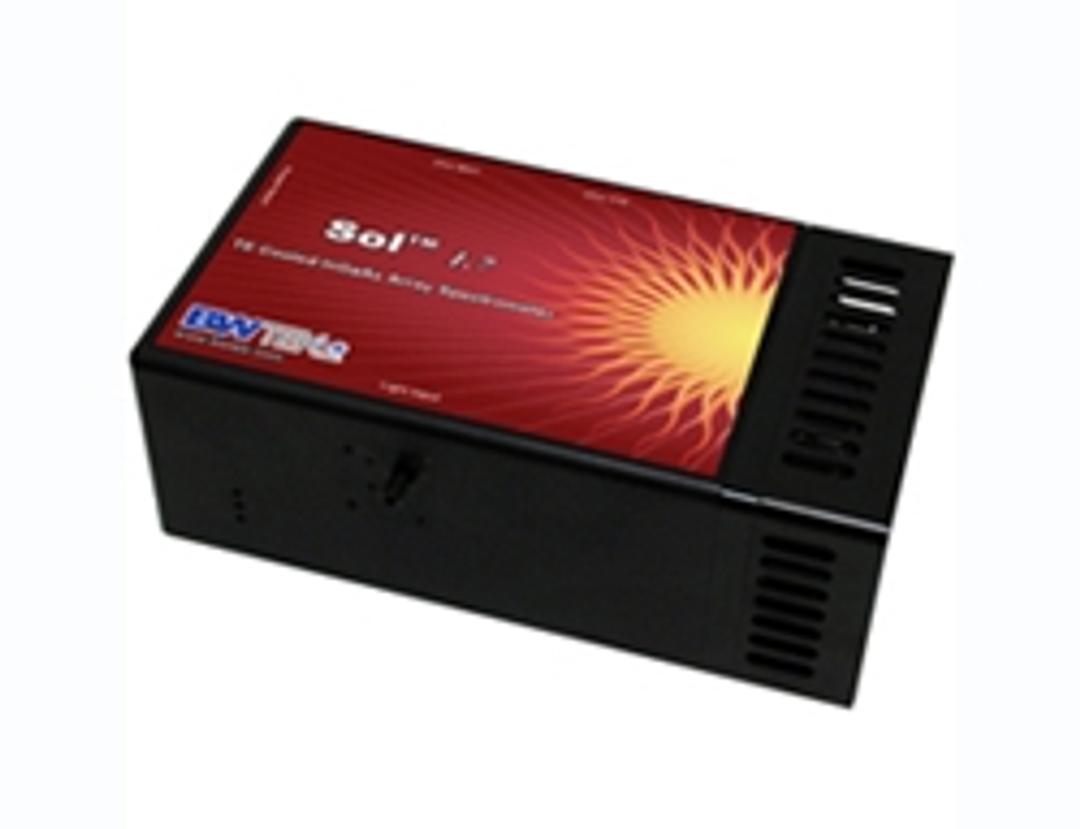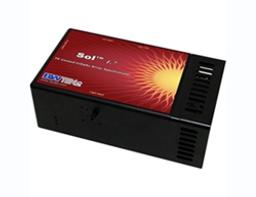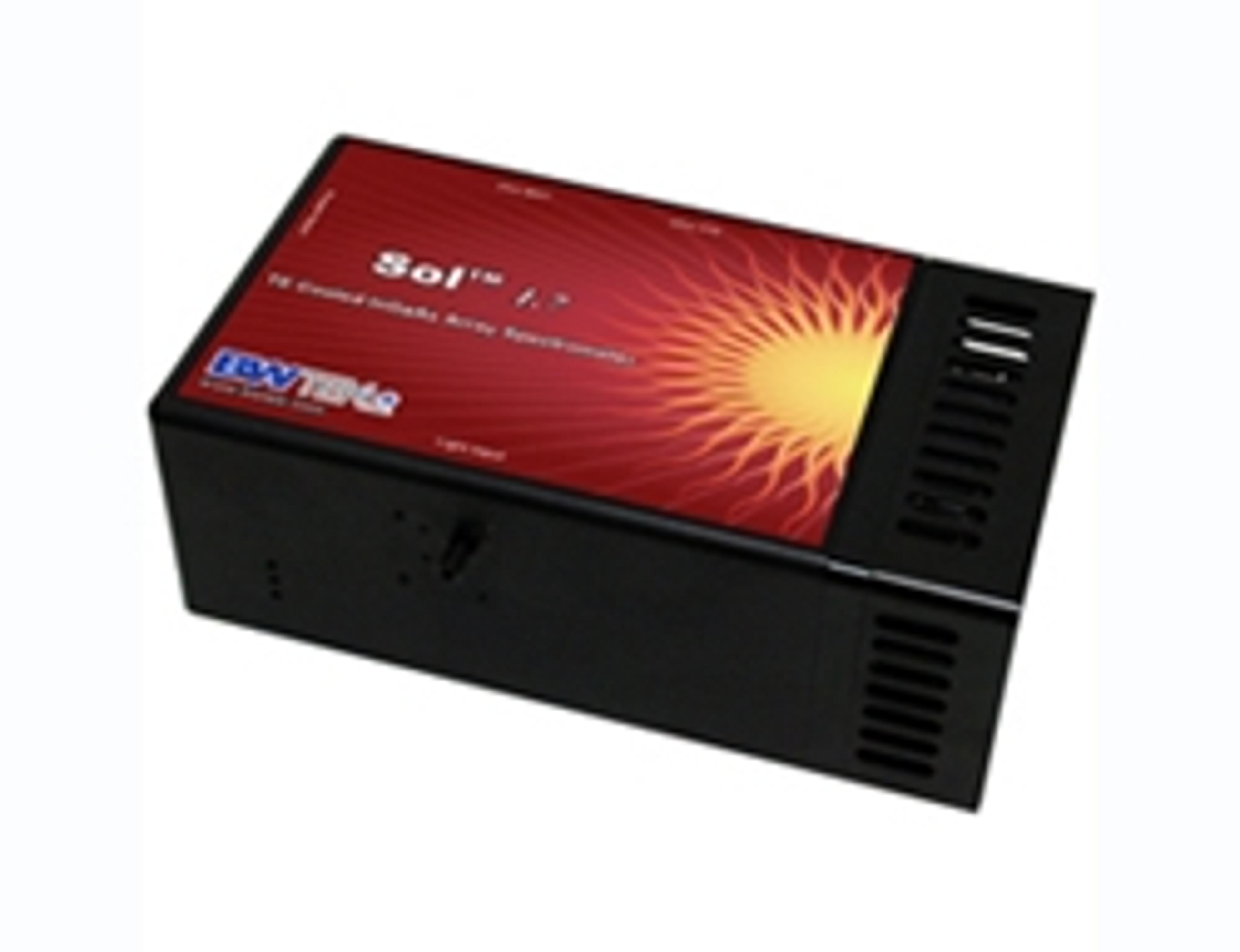Sol 1.7 ‒ TE Cooled InGaAs Array Spectrometer
The Sol™ 1.7 TE Cooled InGaAs array spectrometer couples B&W Tek’s class-leading spectrometer technology with the highest performing and most reliable NIR detectors available The Sol 1.7 is a high performance linear InGaAs array spectrometer, featuring 256, 512 (standard), and 1024 pixels with TE Cooling down to -10oC, all while providing high throughput and large dynamic range. Each spectrometer features an SMA 905 fiber opt…

The supplier does not provide quotations for this product through SelectScience. You can search for similar products in our Product Directory.
The Sol™ 1.7 TE Cooled InGaAs array spectrometer couples B&W Tek’s class-leading spectrometer technology with the highest performing and most reliable NIR detectors available
The Sol 1.7 is a high performance linear InGaAs array spectrometer, featuring 256, 512 (standard), and 1024 pixels with TE Cooling down to -10oC, all while providing high throughput and large dynamic range. Each spectrometer features an SMA 905 fiber optic input, a built-in 16- bit digitizer, and is USB 2.0 plug-and-play compatible. With our spectral acquisition software, you can select between High Sensitivity and High Dynamic Range mode within your pre-configured spectral range. Customized spectral resolution and application support are available.
Recent upgrades to the Sol 1.7 NIR spectrometer feature extended wavelength and high resolution options, along with deeper TE Cooling, upgraded from +5°C to -10°C for lower noise and better stability. The spectrometer includes additional grating options, allowing for 18 additional configurations between 900 nm – 1700 nm, and resolution as fine as 0.35nm. Redesigned electronics for the Sol 1.7 allow this unit to operate with a 5VDC power supply, making it even more convenient for OEM integrators and end users alike.
Sol 1.7 ‒ TE Cooled InGaAs Array Spectrometer Features:
- 900nm - 1700nm Spectral Range
- Resolution as Fine as 0.35nm
- Built-in 16-bit Digitizer
- -10°C TE Cooling
- Two Gain Modes













